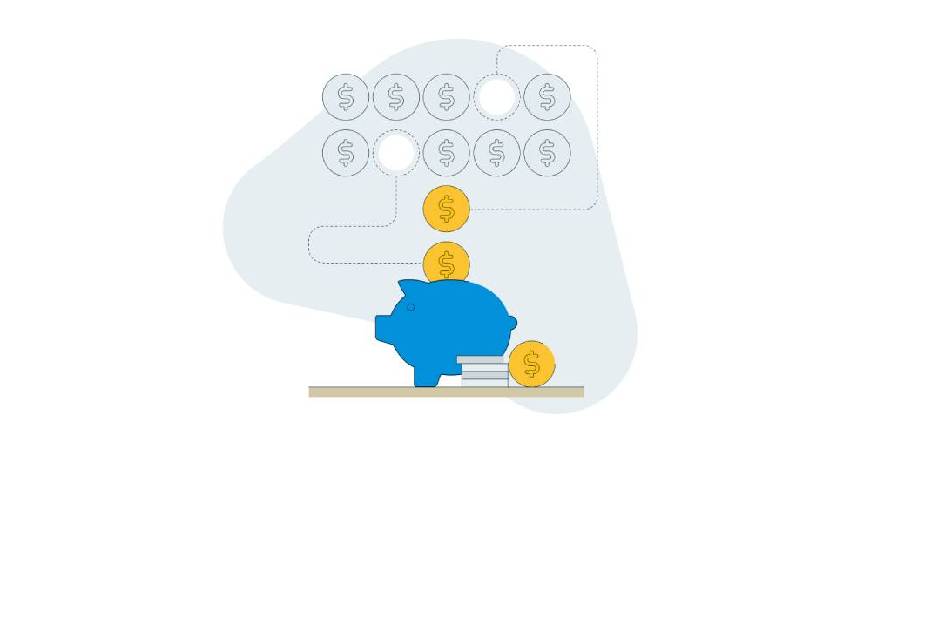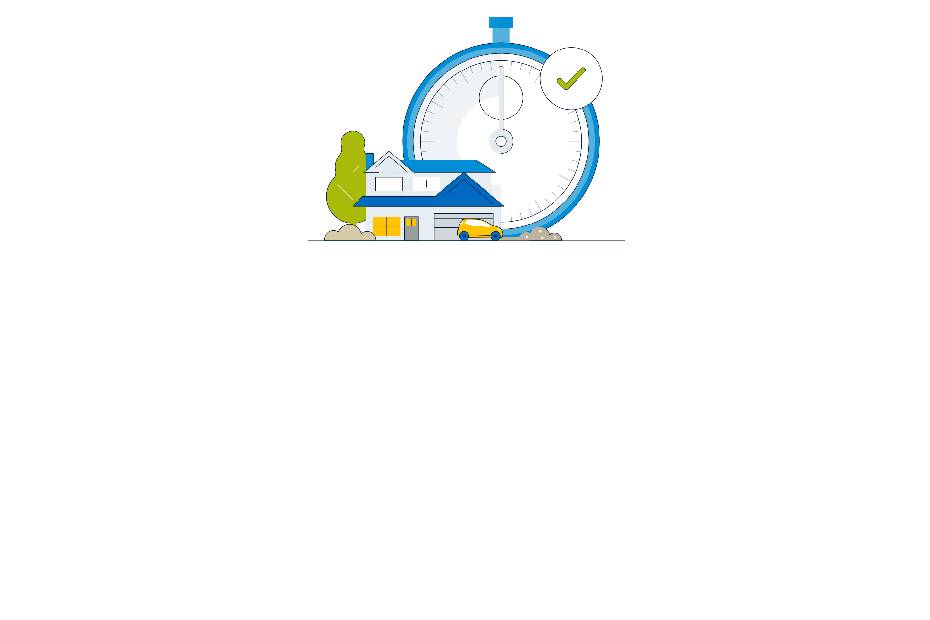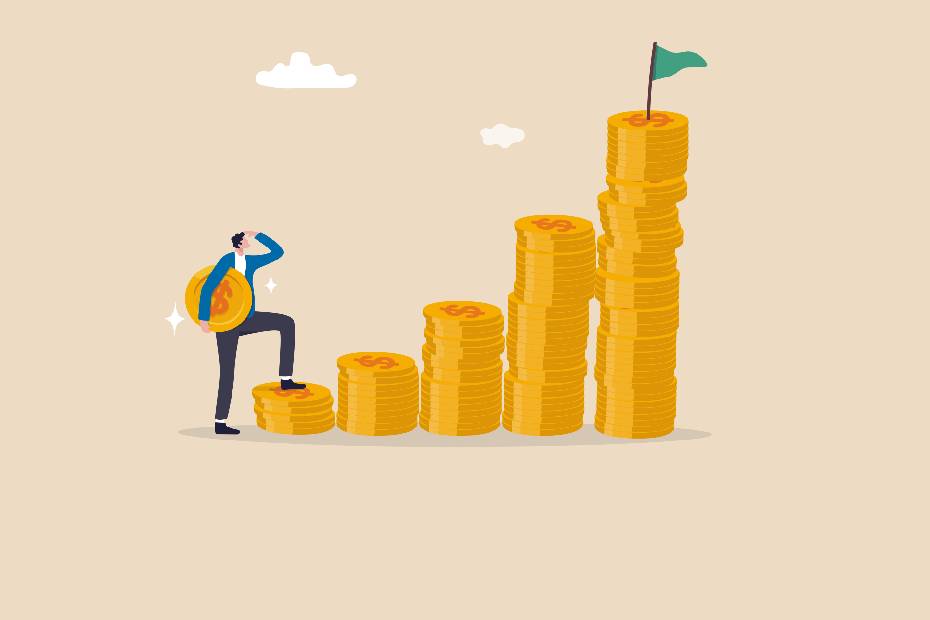Here are some of the trending financial terms in Canada.

Tariffs
Essentially, a tariff is a tax paid on a specific class of import or export. That means a business or wholesaler buying a product from another country to sell at home has to pay that tax on the product… and that added cost is usually passed on to the consumer.
While it sounds straightforward, it’s actually more complex since tariffs can be useful in protecting specific industries within a country. There’s also the fact that many products or components can’t be made here at home, so we need to import.
If you’re a coffee drinker, you may have already seen some of the impacts tariffs have. While it may be the U.S.A. placing tariffs on coffee-producing countries, because Canadian coffee roasters and brands tend to buy their products from the U.S., the added costs get passed along to consumers. So that cup of coffee you buy every day that cost you $2.90 might now cost $3.00 or more.

Gross Domestic Product (GDP)
A country’s GDP is the total market value of the goods and services produced within its borders over a specific period. It essentially functions as a scorecard of a country’s economic health. It is one of the few factors that policy makers watch closely, to make informed strategic decisions regarding monetary policy. An increase in the GDP growth rate may be a signal of a growing economy.
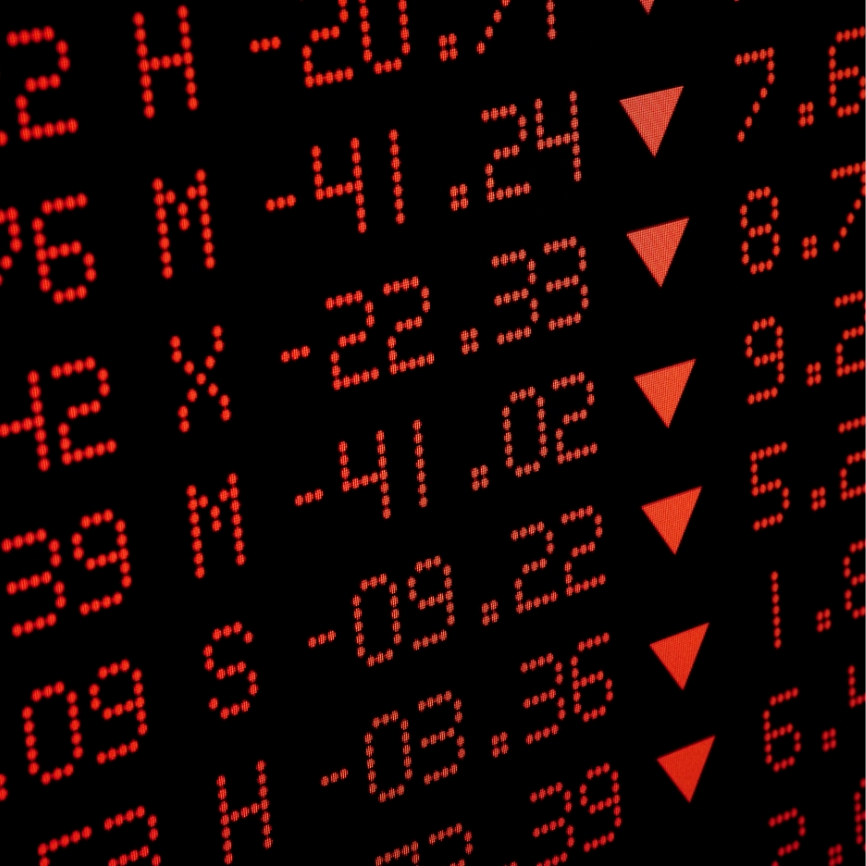
Recession
A recession is a significant economic downturn that typically lasts longer than a few months.
There are many factors that contribute to a recession and there are usually strong economic indicators. A recession is typically identified by two consecutive quarters of negative GDP growth.
How does that impact the average person? There are a number of ways, but most often it’s about job losses as business slows and profits may reduce.

Inflation
Inflation is a rise in prices for goods and services over time that isn’t met by an increase in wages, thereby reducing purchasing power. Inflation can be caused most notably by either an increase in the supply of money, or by supply chain issues that reduce the number of available goods for purchase.
You’ve no doubt already seen the impact of inflation in your grocery costs alone with prices increasing with each visit and prices expected to increase steadily as the year progresses.
Your first impulse may be to slow down on investing. The thing is, if you don’t invest, your money isn’t working as hard for you. Staying the course and contributing to a well-constructed financial plan may ultimately help better guard you against inflation and market volatility.

Capital Gains Tax
Generally speaking, this is the tax due upon the sale of any assets that has increased in value during the period of ownership. This could include everything from clothing and electronics to real estate, stocks and cryptocurrencies.
It’s important to know what is exempt from the Capital Gains Tax. As of 2024, exemptions include money in registered investment accounts (such as RRSPs, TFSAs, RESPs and FHSAs) and money made from selling your principal residence.
If you are planning to sell property or to withdraw from your investments, always speak with your financial advisor or accountant, who can help you understand the potential impact on your finances and guide you to make informed decisions.

Free Trade
A free trade agreement is a pact between two or more nations to buy and sell across borders with minimal tariffs, quotas, subsidies or prohibitions. They are intended to stimulate trade, consumer choice, and mutually beneficial economic relationships between countries.
Free Trade Agreements are also known as Economic Partnership Agreements. Canada has many signed Free Trade Agreements that are in force today. A complete list can be accessed on the Government of Canada site (international.gc.ca).
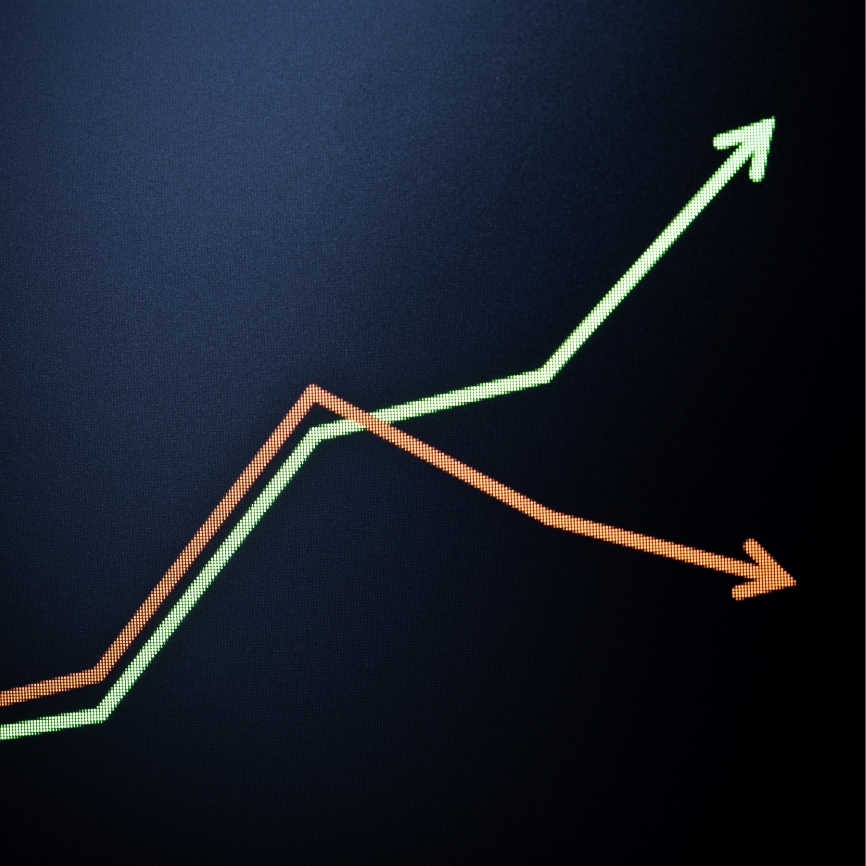
Trade Deficit
Most countries, such as Canada, are both importers and exporters. They sell their products to other countries, while using international markets to buy products that are in short supply domestically. A country will find itself in a trade deficit when the balance of the goods it imports exceeds the balance of the goods it exports. A trade surplus is the opposite of that trend.

Interest Rates
If you’ve ever received a loan, obtained a mortgage or used a credit card, you’re probably already familiar with interest rates. You may also be familiar with interest rates from when you invest in guaranteed investment certificates, commonly known as GICs, or when investing in bonds.
In financial terms, interest charged is basically the cost of borrowing money; it is payment from the debtor to the lender at a particular rate. On the other hand, interest gained is the return on your investment in interest-generating investment vehicles such as a GIC. Depending on whether you are borrowing or investing, interest rates have a role to play in your financial decisions.
Typically rising interest rates have a negative impact on the price of fixed income investments like bonds. The opposite is also true. If you are thinking about your investments, going back to the basics will help. A diversified investment portfolio will set you up for peace of mind and can help you keep on track with your financial goals.
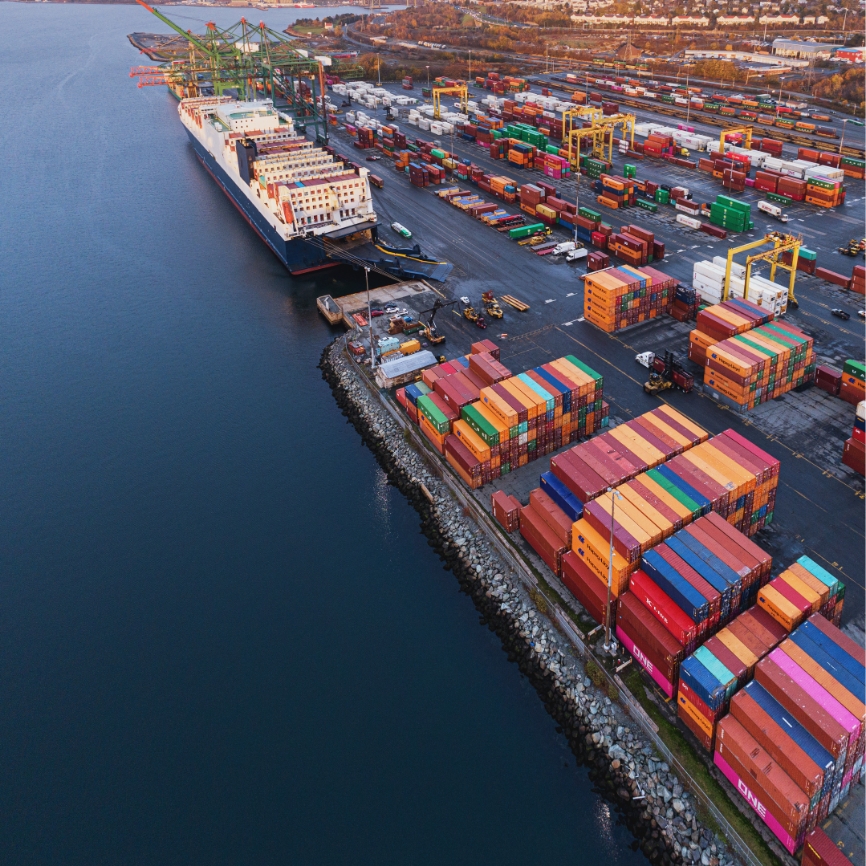
Import / Export
An import is a good or service purchased by a country that was produced in another country. And an export is just the opposite, a good or service produced in a country then sold to another. Imports and exports are the main components of international trade. Canada, like many countries, is both an importer and an exporter. Some of our biggest imports include machinery and automotive, while some of our biggest exports include minerals and crude petroleum.
You may not actively think about it, but if you stopped to look at things you buy on a regular basis, you’d get an idea of just how much Canada imports from all over the world. Just take a quick look at various items around your home and where they are made; this will give you a pretty good idea of why imports and exports matter.

Interprovincial Trade Barriers
In Canada, interprovincial trade barriers are a variety of licensing, trade and relational blockers that stem the flow of goods and services between provinces, for example, professional services that require different certifications or tariffs on specific goods when they are sold across provincial borders.
It also means that some made-in-Canada products aren’t available across the country. For example, there are some brands of Whisky that are made in the province of Quebec that cannot be sold in Nova Scotia because both provinces have different regulations.
With all the talk of tariffs and trade, discussing the elimination of interprovincial trade barriers has been something we are all hearing about. This can lead to less expense on various products coming from other provinces. Take the recent Ontario Manitoba trade deal announcement as an example.
You may already recognize that most of these financial terms that are making headlines in recent times more so than before, are outside of your control as an investor. But there are steps you can take to navigate through uncertain economic times more effectively, from creating a budget and having a suitable financial plan in place to maximizing your employee savings plan benefits by contributing regularly and taking advantage of the highs and lows of market conditions.Trends may change, but these time-tested guiding principles can go a long way in helping you always stay on course, moving towards your financial goals. This article is intended as general information only and is not to be relied upon as constituting legal, financial or other professional advice. A professional advisor should be consulted regarding your specific situation. Information presented is believed to be factual and up-to-date but we do not guarantee its accuracy and it should not be regarded as a complete analysis of the subjects discussed. All expressions of opinion reflect the judgment of the authors as of the date of publication and are subject to change. No endorsement of any third parties or their advice, opinions, information, products or services is expressly given or implied by Royal Bank of Canada or any of its affiliates.
Trends may change, but these time-tested guiding principles can go a long way in helping you always stay on course, moving towards your financial goals. This article is intended as general information only and is not to be relied upon as constituting legal, financial or other professional advice. A professional advisor should be consulted regarding your specific situation. Information presented is believed to be factual and up-to-date but we do not guarantee its accuracy and it should not be regarded as a complete analysis of the subjects discussed. All expressions of opinion reflect the judgment of the authors as of the date of publication and are subject to change. No endorsement of any third parties or their advice, opinions, information, products or services is expressly given or implied by Royal Bank of Canada or any of its affiliates.
This article is intended as general information only and is not to be relied upon as constituting legal, financial or other professional advice. A professional advisor should be consulted regarding your specific situation. Information presented is believed to be factual and up-to-date but we do not guarantee its accuracy and it should not be regarded as a complete analysis of the subjects discussed. All expressions of opinion reflect the judgment of the authors as of the date of publication and are subject to change. No endorsement of any third parties or their advice, opinions, information, products or services is expressly given or implied by Royal Bank of Canada or any of its affiliates.











